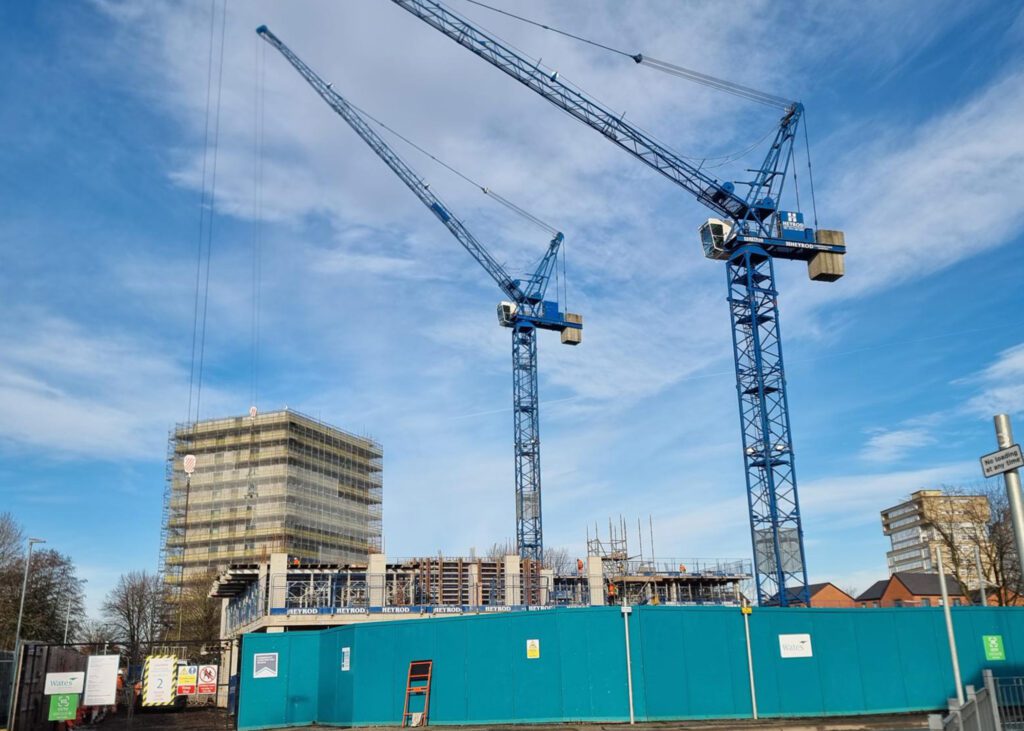
Table of Contents
Introduction Lift plan Safety Audit
Wates Construction, a leading UK construction company, recently orchestrated a comprehensive lift plan and health & safety audit for its new build project on Rodney Street, Manchester. This strategic evaluation was conducted by a qualified health and safety consultant alongside a CPCS Appointed Person from RMT Solutions Ltd, ensuring the highest standards of safety and operational efficiency. This article delves into the economic advantages of such a combined audit and how it impacts construction projects.
The Economic Advantages of a Combined Lift Plan and Safety Audit
The implementation of a joint lift plan and health & safety audit can yield significant economic benefits for construction projects. Below are key points that highlight the economic impact:
Cost Savings
- Prevention of Workplace Accidents: By identifying potential hazards early, the audit significantly reduces the likelihood of workplace accidents, which can result in costly legal suits and insurance claims.
- Optimisation of Resources: Efficient use of machinery and manpower, as dictated by the lift plan, minimizes waste and reduces operational costs.
- Maintenance Overheads: Regular safety checks as part of the audit can foresee equipment malfunctions, curtailing the need for expensive repairs or replacements.
Efficiency Improvements
- Streamlined Processes: A combined audit ensures that lift operations and safety protocols are in sync, leading to smoother workflow and time savings.
- Skill Enhancement: Workers benefit from the training and awareness programs that are part of the safety audit, leading to improved productivity.
- Project Timeliness: With safety and operational guidelines clearly defined, the project is more likely to remain on schedule, protecting against cost overruns.
Risk Mitigation
- Legal Compliance: Adherence to health and safety regulations prevents violations that could result in fines and work stoppages.
- Reputation Management: A safe construction site enhances the company’s reputation, attracting more business and investment.
- Employee Morale: A safe work environment boosts employee morale, which is directly linked to job performance and quality of work.
Rodney Street New Build Project: A Case Study in Efficiency
The Rodney Street new build project stands as a testament to Wates Construction’s commitment to safety and operational excellence. The combined lift and safety audit was pivotal in ensuring that the project was executed with precision and adherence to safety norms. The economic benefits realized from this initiative include:
- Enhanced Cost-Effectiveness: The audit’s findings were used to streamline the allocation of resources, thus enhancing cost-effectiveness.
- Improved Project Schedule: With reduced downtime and a clear set of safety and operational protocols, the project adhered to its timeline, avoiding costly delays.
- Risk Reduction: The proactive safety measures implemented as a result of the audit mitigated risks, securing the health and well-being of the workforce and protecting the company’s financial and legal interests.
Conclusion
The economic benefits of conducting a combined lift plan and health & safety audit are clear and significant. Wates Construction’s initiative at Rodney Street, Manchester, exemplifies the fusion of operational efficiency with a staunch commitment to safety. This not only ensures the well-being of the construction workforce but also translates to tangible cost savings, efficiency improvements, and risk mitigation for stakeholders. It is a model that construction professionals, project managers, and industry stakeholders would do well to emulate to ensure the success and safety of their projects.
For further insights into the benefits of lift plans and safety audits in construction, or to consult with qualified health and safety professionals, stakeholders are encouraged to reach out to industry experts.


0 Comments